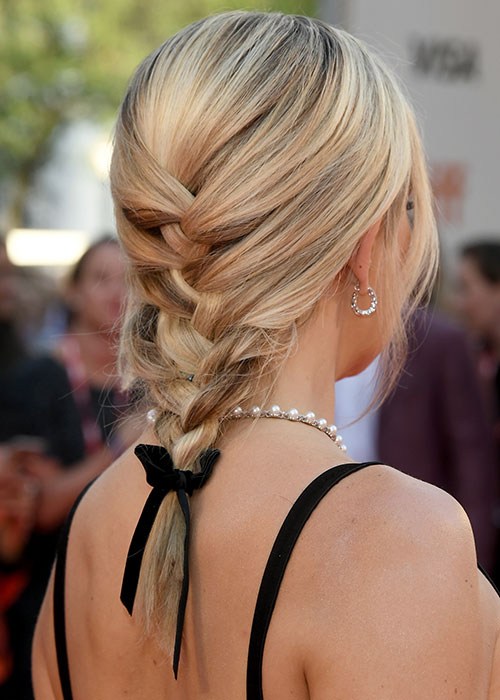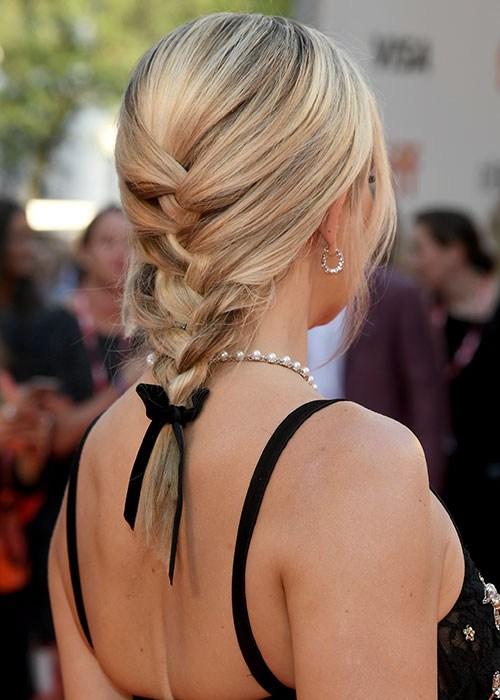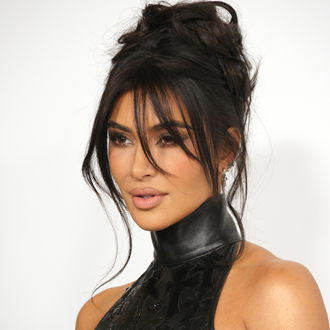The definitive guide to braids
There are so many ways to incorporate a braid into your hairstyle (have you seen this amazing fishtail braid and waves combo? Or this half-up, half-down fishtail braid?), which means that you’re probably more inspired than ever to learn how to master the technique.
The first step in becoming a braiding whiz? Learning the difference between braid styles, and how to create each, so we asked plaiting and braiding queen Sarah Potempa (who is also the mastermind behind the rotating curling wand, the Beachwaver) the difference between four different kinds of braids.
1
The classic braid
This is your standard three-strand braid. Potempa says, “For a basic braid, divide your hair into three equal sections and start by braiding the right section over the middle section, then the left section over the middle section, and repeat, continuing all the way down your head."

2
The French braid
Similar to your three-strand braid, a French braid incorporates hair from your scalp as you plait down. In terms of skill level, this technique is a step up from your regular braid, and you might need some practice to get your fingerwork right. To nail it, this is Potempa’s advice: “Start with the same technique as a basic three-strand braid by weaving the right section over the middle section, and then the left section over the new middle piece. Then, with a French braid, you also add a small strand of hair from the root to each section as you braid.”

3
The Dutch braid
Sometimes referred to as a boxer braid, Potempa calls it “the reverse of a French braid”.
"The technique is the same as a French braid, but instead of taking the sections over and into the centre, you bring them under, adding hair from the root each time. The sections of added hair sit below the braid, so that the braid really stands out on the head,” says Potempa.

4
The fishtail braid
Worn tight and structured, or loose and messy, this has become one of the most-copied braids from the last few years. Unlike a three-strand braid, the fishtail braid is created by splitting your hair into two, then taking a small outside section from the one half, and crossing it over into the middle and bringing it to the inside of the other half. Then, you repeat that on the other side, and continue that technique as you braid down. You can see some helpful fishtail braiding illustrations here. To give your fishtail braid more texture and volume, use your fingers to loosen the braid.

Each of these braids can form the base of your hairstyle (like twisting your fishtail braid into a low bun), or they can be one element of the overall look (like this Dutch braid hidden in a ponytail) - once you've nailed the techniques, the possibilities are endless (this gallery shows some pretty great ways to wear a braid).
Got your braiding technique down? Now it’s time try these three epic braids.
Image credits: Getty









